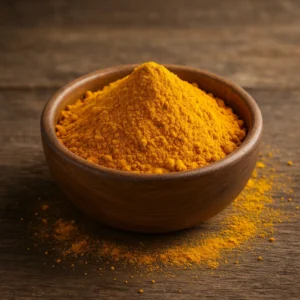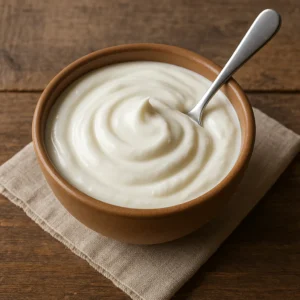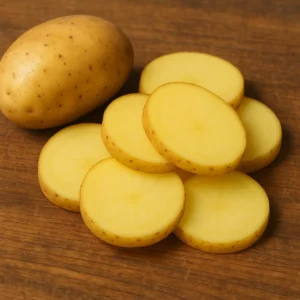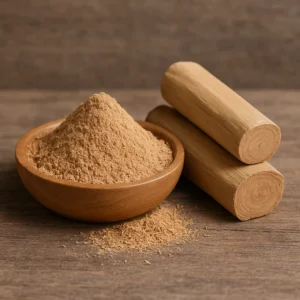Home Remedies for Melasma: Natural Solutions for Flawless Skin
Reviewed By: Dr. Dhanraj Chavan
Updated on: 16th May, 2025
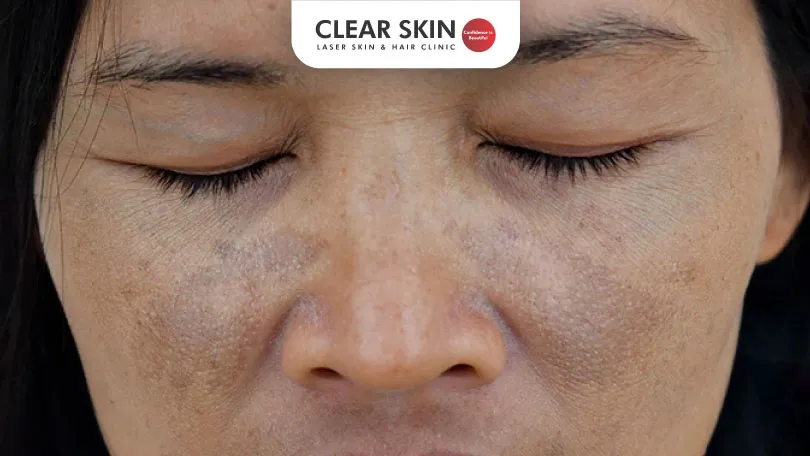
Are dark patches on your face affecting your confidence? It could be melasma, a common skin condition that affects anyone. Try these natural remedies to restore your skin’s glow and achieve a flawless complexion.
In this complete guide, we will explore natural remedies for melasma that are both effective and safe for your skin. Melasma, a common skin condition that causes dark patches, can often feel frustrating to manage, especially when it seems to worsen with sun exposure or hormonal changes. Fortunately, several natural remedies not only help reduce the appearance of melasma but also work to prevent it from recurring by targeting its root causes
Table Of Content
- What Causes Melasma?
- How to Treat Melasma on the Face Naturally?
- Natural Remedies for Melasma: FAQS
- Conclusion
What causes Melasma?
Complexion:
Melasma is more common in women with dark or dusky skin than in those with pale skin.
Hormones:
The majority of reported cases are associated with heightened skin sensitivity to estrogen and progesterone. Consequently, conditions such as the use of birth control pills, pregnancy, and menopause, which can induce fluctuations in these hormone levels, emerge as notable risk factors for the development of the skin disease.
Exposure to the sun:
UV rays are known to disrupt melanin levels in your skin, causing more pigment to be produced in specific parts of your skin.
How to Treat Melasma on the Face Naturally?
Before we delve into the remedies, let’s understand what melasma is. Melasma is a skin disease that causes brown or gray-brown areas to form on the face. These patches are typically caused by an excess of melanin, the pigment responsible for skin colour. Melasma is often triggered by sun exposure, hormonal changes, and genetic factors.
The Power of Lemon Juice
One of the most potent melasma home remedies is lemon juice. Lemon juice’s natural acidity can help lighten dark spots and even out your skin tone. Simply apply freshly squeezed lemon juice to the afflicted regions and keep it on for around 15 minutes before washing with warm water to utilise this cure. Regular use can produce obvious results.
Aloe Vera’s Soothing Touch
Aloe vera is a fantastic melasma treatment at home, known for its soothing and healing properties. Applying fresh aloe vera gel to affected areas can help reduce pigmentation and improve overall skin health. Leave the gel on for 20-30 minutes before rinsing. Use this medicine on a daily basis for optimal effects.
The Wonders of Turmeric
Turmeric, with its anti-inflammatory and antioxidant qualities, is an effective melasma treatment. Make a paste of turmeric and milk and apply it to the affected regions. Leave it on for 20 minutes before rinsing. Turmeric contains curcumin, which can help erase dark spots and brighten your complexion.
Yogurt for Gentle Exfoliation
Yoghurt is a wonderful alternative for gently exfoliating your skin. Yoghurt contains lactic acid, which aids in the removal of dead skin cells and the lightning of melasma spots. Apply plain yoghurt to your face for 15-20 minutes, then rinse with lukewarm water. Regular use might result in smoother, more even skin tone.
Potato Slices
Nature’s Bleacher: Potato slices are a natural bleaching agent that can aid in the reduction of melasma. Leave thin slices of potato on the afflicted areas for around 20 minutes. Catecholase, an enzyme recognised for its skin-lightening qualities, is found in potatoes.
The Magic of Sandalwood:
Sandalwood paste has long been used in traditional medicine to treat skin problems. Make a paste of sandalwood powder and rose water and apply it to your face. Allow it to dry before rinsing it with water. Sandalwood’s anti-inflammatory qualities can help fade melasma over time.
Almond Paste for Nourishment
Almonds are high in vitamin E and antioxidants, making them a good skin food. Soak a few almonds overnight, peel them, and puree them. Apply this paste to your face and leave it on for 30 minutes before rinsing. This solution not only lightens melasma but also moisturises and softens your skin.
Melasma is a difficult and distressing skin problem to treat, but with the help of natural remedies, you can reclaim your glowing complexion. Keep your efforts steady and patient, and you’ll be on your way to smoother, more even skin. These home remedies for melasmahave been tried and tested, providing a ray of hope to anyone suffering from this prevalent skin condition.
Don’t let melasma keep you from feeling confident in your skin. Embrace these natural solutions, and you’ll be one step closer to a more luminous and flawless you. Contact Clear Skin Clinics in Pune today to schedule a consultation and take the first step towards achieving the clear, healthy-looking skin you deserve. Book your appointment now!
Note: Information available in this blog is for information purpose only. Make sure you are consulting your dermatoligsts or our experts before getting started.
Natural Remedies for Melasma: FAQS
1. How long does it take for these remedies to show results?
While results vary from person to person, you should expect to see changes in a few weeks if you use it consistently.
2. Are these remedies safe for all skin types?
While most of these remedies are suitable for all skin types, a patch test is required to rule out any allergies.
3. Can I use multiple remedies simultaneously?
To better monitor the results, it’s best to focus on one remedy at a time.
4. How can I prevent melasma from recurring?
Using sunscreen on a regular basis and avoiding excessive sun exposure can help prevent the recurrence of melasma.
5. Are there any side effects to these natural remedies?
These remedies are generally harmless, however some people may experience mild discomfort or allergy in rare situations. If any adverse reactions develop, discontinue usage.
6. Can I use these remedies alongside medical treatments?
It’s always best to consult with a dermatologist if you’re considering combining these remedies with medical treatments.
Do You Know?
Roughly 250 Patients Are Treated
Everyday By These Dermatologists
(You are one click away from flawless skin)
Meet Our Dermatologist!
Conclusion
In conclusion, treating melasma naturally involves various home remedies like lemon juice, aloe vera, turmeric, yogurt, potato slices, sandalwood paste, and almond paste. These remedies are known for their skin-lightening and soothing properties, offering an effective and natural way to reduce melasma.
Consistency and patience are key, but it’s also advisable to consult with the Best Dermatologist in Pune for personalized advice. For professional guidance and treatment options, visit Clear Skin Clinic.
Further Reading
How to Avoid Acne in Monsoons?
Avoid acne in monsoons with a gentle skincare routine, diet tips, and hydration. Get expert advice to manage breakouts and keep your skin clear and healthy.
Does Makeup Cause Acne-Prone Skin?
Worried about breakouts from using makeup? Does makeup cause acne for you? Learn the safe ways to apply makeup for acne-prone skin.
Morning Skin Care Routine for Glowing Skin
Clear Skin Clinic, led by top dermatologists, shares the ideal morning skincare routine to help you achieve a radiant complexion naturally and effectively.
Monsoon Skin Care Tips for Radiant, Healthy Skin
Clear Skin Clinic, led by top dermatologists, shares the ideal morning skincare routine to help you achieve a radiant complexion naturally and effectively.
Have thoughts? Please let us know
We are committed not only to treating you, but also educating you.



